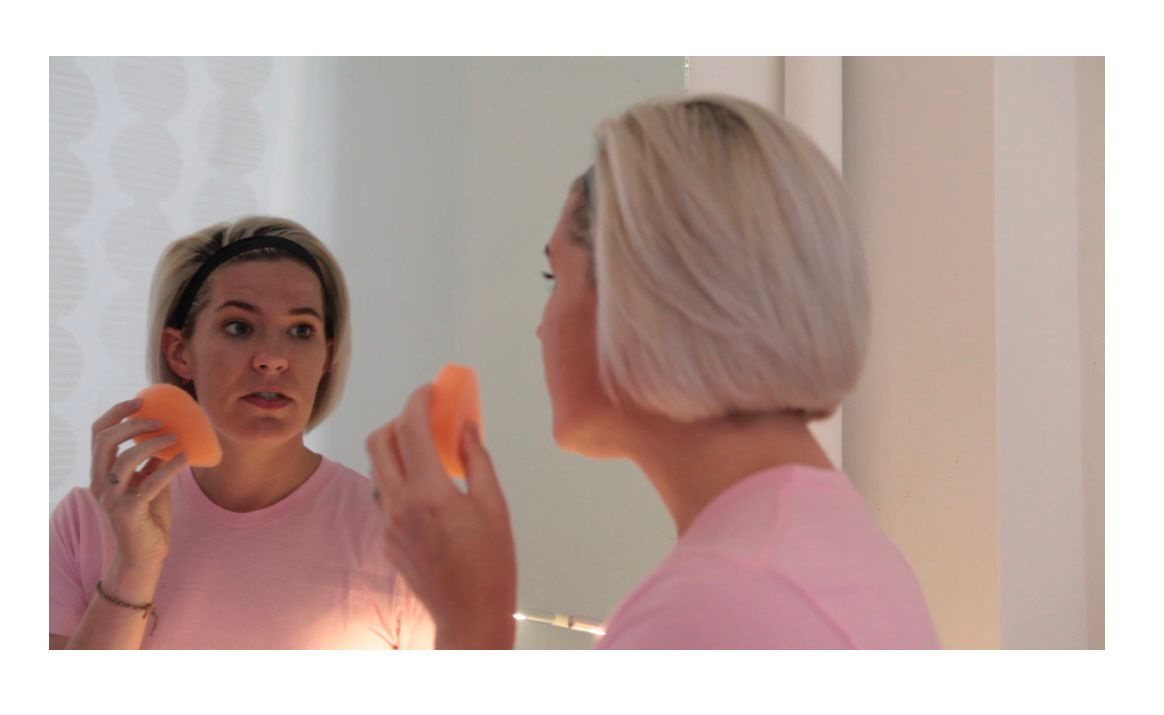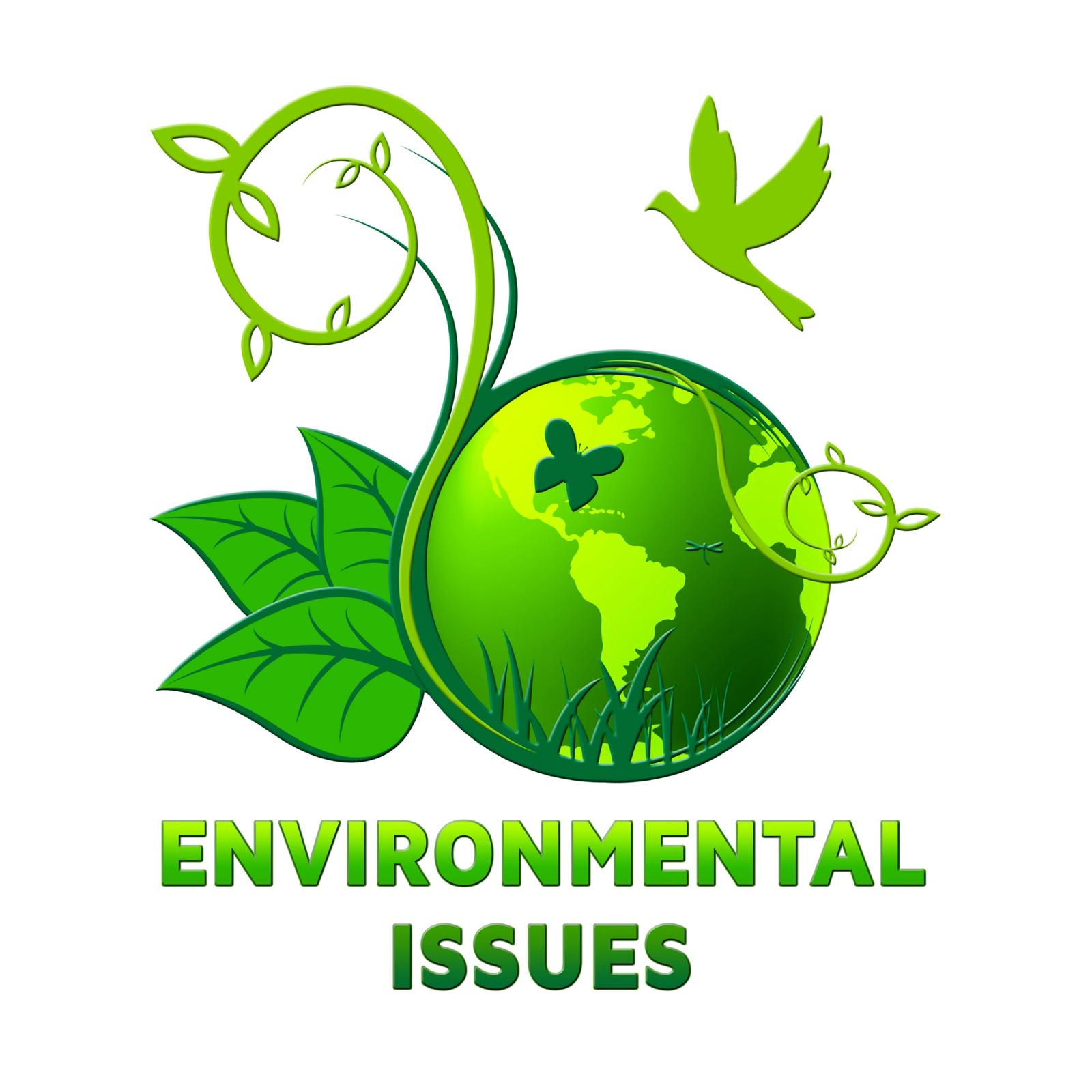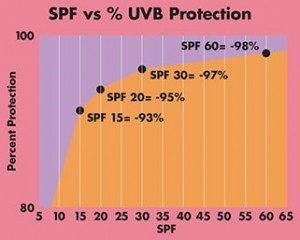Often dermatologists and their patients become frustrated when the acne will not clear, and both may surrender to the acne in defeat. But there are other successful options.
A trained esthetician will often perform extractions of pustules, black heads, closed comedones and sebum clogged pores. By removing the “plug” of the follicle, the practitioner is literally removing a formidable part of the acne process. It is thought that when the plug — which consists of sebum, dead skin cells and possibly comedogenic cosmetic ingredients — forms in the follicle, anaerobic bacteria has the chance to breed, producing acne.
The esthetician is also potentially stopping the scarring process by draining the pus from the lesion, thus halting the degradation of surrounding skin tissue. By removing a black head from the skin, the esthetician is removing a potential future pustule and helping aesthetically with pore size and overall skin smoothness, inflammation and appearance.
In my experience as an esthetician specializing in acne control for 15 years, this process of extracting acne is just as therapeutic as finding the right acne fighting product(s) for the client to use at home. The only exception from extractions is cystic acne, which will typically not express.
Dr. James Fulton Jr., M.D., Ph.D., who devoted most of his dermatology career to researching and the control of acne, tested typical cosmetic ingredients and their ability to stick and clog in skin follicles. His list of follicle-clogging cosmetic ingredients — as well as a couple of other reputable sources — can be found online and utilized to help the practitioner decipher which products might be acne-provoking for their clients.
Some medical professionals believe that acne cosmetica is not an issue in acne production. But in my experience, assisting clients away from clogging and acne-provoking ingredients and onto nonclogging acne-fighting products can make a substantial difference for acne skin.
Many estheticians are educated about products and their ingredients, and they are able to assist the client through the maze of product options for acne skin. Most acne clients should only use 3-4 facial skin-care products keeping irritation and clogging to a minimum.
Tretinoin topicals are the most-used prescriptions to treat acne by dermatologists, according to the CDC. I would advise any prescribing practitioner to try using this product for two months and get a feel for what this product is like to use.
Retinols are often moderately to highly irritating to the skin, to the point that an individual is unwilling to use the product. Some patients’ skin will acclimate to retinols after approximately six weeks, but the patient might not be willing to withstand the acclimation process. For others, the skin never does acclimate and they continue to experience red, flaky irritated skin.
A much better alternative as the first step for acne control is benzoyl peroxide (BP). Skin can become irritated from BP as well, though typically not nearly as irritated as from retinols. What tends to work best is to advise the client to use the BP product once every other day for two weeks. If there is no irritation after that two-week period, the client should continue to use BP once daily.
If the client is experiencing irritation after the two-week trial period, then I would recommend applying the BP product for one hour and then wash it off every other day for two weeks and then if no irritation I’ll move the client back onto the protocol above.
Most clients do well with the protocol of applying the BP gel every other day for two weeks and then every day. If the acne persists after three months and there is no irritation or dryness, I will recommend applying the BP gel twice a day.
Often I see that doctors will prescribe more than one acne-fighting product. The issue with this theory of attacking from all angles is that the patient’s skin often becomes highly irritated and they may give up. After 15 years of specializing in acne-control skin care, I consider a noncomedogenic 10 percent BP gel as well as extractions to be the gold standard to control acne.
Don’t forget you can now book On Line!!
Please notice our Summer Hours
Tuesday 10-7
Wednesday 12-7
Thursday 10-5
Friday 12-7
Saturday 9-4
| Estheticians Can Have a High Success Rate Treating Acne |
Acne is the No. 1 reason in the United States for visits to a dermatologist, according to the Centers for Disease Control and Prevention (CDC). These patients may also complain of accompanying skin irritation.
Often dermatologists and their patients become frustrated when the acne will not clear, and both may surrender to the acne in defeat. But there are other successful options.
A trained esthetician will often perform extractions of pustules, black heads, closed comedones and sebum clogged pores. By removing the “plug” of the follicle, the practitioner is literally removing a formidable part of the acne process. It is thought that when the plug — which consists of sebum, dead skin cells and possibly comedogenic cosmetic ingredients — forms in the follicle, anaerobic bacteria has the chance to breed, producing acne.
The esthetician is also potentially stopping the scarring process by draining the pus from the lesion, thus halting the degradation of surrounding skin tissue. By removing a black head from the skin, the esthetician is removing a potential future pustule and helping aesthetically with pore size and overall skin smoothness, inflammation and appearance.
In my experience as an esthetician specializing in acne control for 15 years, this process of extracting acne is just as therapeutic as finding the right acne fighting product(s) for the client to use at home. The only exception from extractions is cystic acne, which will typically not express.
Dr. James Fulton Jr., M.D., Ph.D., who devoted most of his dermatology career to researching and the control of acne, tested typical cosmetic ingredients and their ability to stick and clog in skin follicles. His list of follicle-clogging cosmetic ingredients — as well as a couple of other reputable sources — can be found online and utilized to help the practitioner decipher which products might be acne-provoking for their clients.
Some medical professionals believe that acne cosmetica is not an issue in acne production. But in my experience, assisting clients away from clogging and acne-provoking ingredients and onto nonclogging acne-fighting products can make a substantial difference for acne skin.
Many estheticians are educated about products and their ingredients, and they are able to assist the client through the maze of product options for acne skin. Most acne clients should only use 3-4 facial skin-care products keeping irritation and clogging to a minimum.
Tretinoin topicals are the most-used prescriptions to treat acne by dermatologists, according to the CDC. I would advise any prescribing practitioner to try using this product for two months and get a feel for what this product is like to use.
Retinols are often moderately to highly irritating to the skin, to the point that an individual is unwilling to use the product. Some patients’ skin will acclimate to retinols after approximately six weeks, but the patient might not be willing to withstand the acclimation process. For others, the skin never does acclimate and they continue to experience red, flaky irritated skin.
A much better alternative as the first step for acne control is benzoyl peroxide (BP). Skin can become irritated from BP as well, though typically not nearly as irritated as from retinols. What tends to work best is to advise the client to use the BP product once every other day for two weeks. If there is no irritation after that two-week period, the client should continue to use BP once daily.
If the client is experiencing irritation after the two-week trial period, then I would recommend applying the BP product for one hour and then wash it off every other day for two weeks and then if no irritation I’ll move the client back onto the protocol above.
Most clients do well with the protocol of applying the BP gel every other day for two weeks and then every day. If the acne persists after three months and there is no irritation or dryness, I will recommend applying the BP gel twice a day.
Often I see that doctors will prescribe more than one acne-fighting product. The issue with this theory of attacking from all angles is that the patient’s skin often becomes highly irritated and they may give up. After 15 years of specializing in acne-control skin care, I consider a noncomedogenic 10 percent BP gel as well as extractions to be the gold standard to control acne.
Don’t forget you can now book On Line!!
Please notice our Summer Hours
Tuesday 10-7
Wednesday 12-7
Thursday 10-5
Friday 12-7
Saturday 9-4




